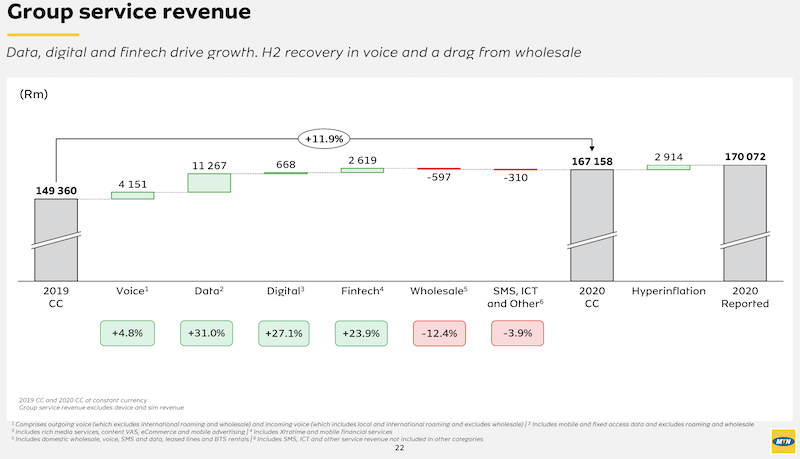Tesla reported a 74% year-on-year rise in revenues for the first quarter of 2021 to 10.4 billion US dollars, as total vehicle deliveries more than doubled to almost 185,000.
CEO Elon Musk also shared some thoughts on the development of artificial intelligence to run self-driving cars:
"The neural net needs to be compressed into a fairly small computer... that's using on the order of 70 or 80 watts. So this is a much harder problem than if you were you, say, 10,000 computers in a server room.
"With the elimination of radar, we're finally getting rid of one of the last crutches. ...You actually just need vision to work. .. it's like having eight cameras, it's like having eyes in the back of your head, beside your head and has three eyes of different focal distances looking forward. ... and processing it at a speed that is superhuman. There's no question in my mind that with a pure vision solution, we can make a car that is dramatically safer than the average person.
Two million cars to collect data
"Key to solving this is also having some massive data set. Just having well over one million cars on the road that are collecting data from every sort of corner case, rare situations.....Perhaps next year, we'll have two million cars in active use, providing vast amounts of video training data that then needs to be digested by a very powerful training system.
"So we developed a lot of training software...to do surround video labelling, which is quite tricky. This means all eight cameras simultaneously at 36 [frames] a second per camera labelling video over time. There wasn't any tool that existed for this, so we developed our own labelling tool. ... the Holy Grail is auto labelling.
"The trainers train the training system and then the system auto labels the data and then the human labellers just need to look at the labelling to confirm that it is correct and perhaps make edits. And then every time an edit is made, that further trains the system. So it's kind of like a flywheel that's just sort of spinning up. And really, the only way to do this is with vast amounts of video data.
"Dojo ...is a supercomputer optimised for neural net training. We think Dojo will be.... an order of magnitude more cost efficient in hardware and in energy usage for a frame of video compared to a GPU-based solution or compared to the next best solution that we're aware of. So then possibly that could be used by others."
Tesla also reported a 71% year-on-year rise in energy storage deployments, mainly driven by the popularity of its Powerwall product for homeowners. With demand outstripping supply, it is now only selling Powerwall to customers who also buy its solar roof products.
"Even if all lights go out in the neighbourhood, you will still have power," Musk told investors. "So that gives people energy security. And we can also, in working with the utilities, use the Powerwalls to stabilise the overall grid....with a whole bunch of Powerwalls and houses, we can actually buffer the power. And so if the grid needs more power...we can then actually release power onto the grid to take care of peak power demand.
"The Powerwalls can operate as a giant distributed utility. This is profound....and necessary because we are headed toward a world where.....people are moving toward electric vehicles. This will mean that the power needs in -- at homes and businesses will increase significantly.
Step change in electricity demand
"If you go to full renewable electricity, we need about 3x as much electricity as we currently have. So these are rough numbers, but roughly you need twice [as] much electricity if all transport goes electric, and... three times much electricity, if all heating goes electric. So basically, this is a prosperous future, I think, both for Tesla and for the utilities.
"It needs to occur both at the local level and at the utility level. If it doesn't occur at the local level, what will actually be required is a massive increase in power lines in power plants. So they have to put long distance and local power lines all over the place. They'll have to increase the size of the substations, is a nightmare."
Source: Tesla's investor relations















